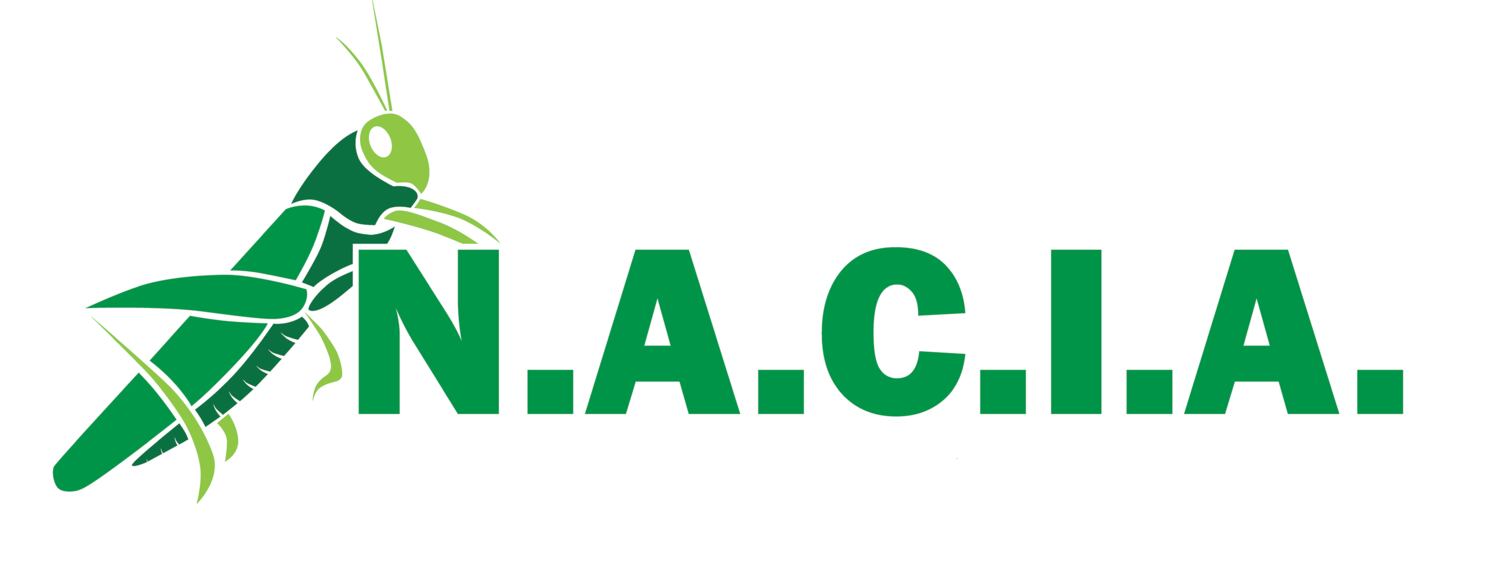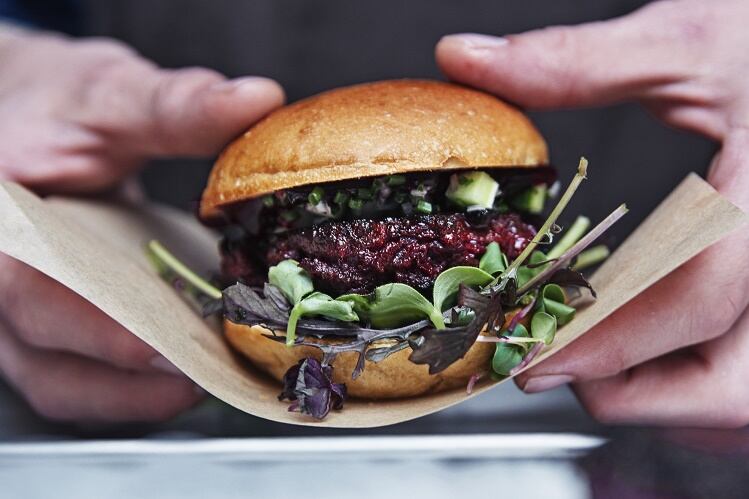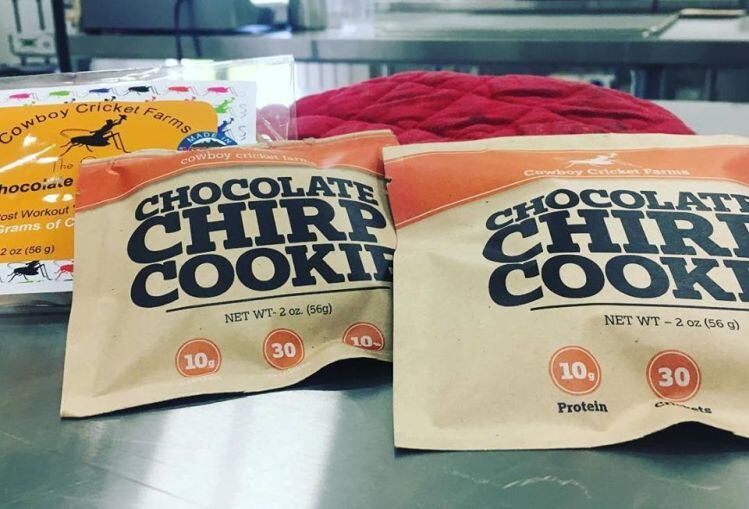Right now, a 1lb bag of cricket protein powder (68% protein) sold through the Cowboy Cricket Farms website, retails at $49, which places it firmly in the niche category, acknowledged Kathy and James Rolin, the entrepreneurial bug-enthusiasts behind the brand.
The price reflects the fact that production costs are high, coupled with simple economics, James Rolin told FoodNavigator-USA. “Demand exceeds supply. We’ve had tons of wholesale inquiries, but right now demand is so high that almost everything we buy is going into our own consumer products.”
What’s holding back the #BugAg movement?
There are two key challenges facing the edible insects industry right now, but neither are insurmountable, he claimed.
“The first is public acceptance in western culture, although we’ve seen US attitudes change over lots of foods widely consumed in other cultures such as sushi and tofu. The second is the fact that the infrastructure doesn’t [yet] exist [to produce edible insects for human food on an industrial scale].” (The two largest human bug food producers are Aspire Food Group in the US and Entomo Farms in Canada, but most other players are still small.)
But things are changing, say the Rolins, who have built a production facility in Belgrade, Montana, where they process crickets farmed to their specifications from a rapidly-growing network of farmer partners in Montana, California, Arkansas, and Texas.
“Our farmer partners have exclusive contracts with us,” said James Rolin. “We buy and process everything they produce and give them all the tech support and advice they need for free, but they have to buy the feed from us, which is a proprietary plant-based blend of certified organic grains and grasses, and meet our standards.
“We’re developing the technology to monitor temperature, humidity and gas and an app to alert farmers when something is wrong, and automated feed dosing so we can reduce labor costs and human error. We’re also working on new substrates that can be sanitized and re-used.
“By outsourcing farming and focusing on production, marketing and distribution, things will change rapidly. Our fixed costs now per pound for powder are high as we’re only handling a small amount, but we can produce more than 1,200lbs of cricket powder a day from our new facility, and as we get closer to that we’ll be able to drastically decrease the price.
“Our goal in the next five years is to get it to retail at $15-20/lb which is a very reasonable price for a high quality protein powder.”
Cowboy Crickets: The origins story

“I came up with the idea [of starting an edible insects business] while attending Montana State University as a nutrition student in 2016. We were talking about the need for alternative protein sources and edible insects and it was around the same time that MSU was holding its annual bug buffet and I came home and said to James, ‘Let’s start a cricket farm for human food,’ and he literally thought I was crazy… I think he thought that he’d be able to come back to me in a matter of hours, with a list of reasons why this was a bad idea. But days turned into weeks and months and we couldn’t find a reason not to do it.”
Kathy Rolin, founder and CEO, Cowboy Cricket Farms
I’d say the #1 reason people buy cricket protein powder is nutrition
So who’s buying cricket protein powder?
At Cowboy Cricket Farms, which started selling its powders online in 2017, and now supplies around 60 bricks and mortar locations from museums to independent food stores, one unexpected group of early adopters has been vegans and vegetarians, which is pretty weird in some respects (crickets are not actually vegetarian) but not in others, he said.
If you’re a vegetarian because you “won’t eat anything with a face” then crickets are not for you, he pointed out. But if you’re vegetarian for health reasons, sustainability reasons, or even because you don’t like industrial farming and slaughter, you may feel comfortable with cricket production, as long as the crickets are treated well and slaughtered humanely (Cowboy Cricket Farms basically sends them to sleep by dropping the temperature until they freeze).
“I’d say the #1 reason people buy is nutrition, so the next consumer segment we’ve done very well with is endurance athletes. It’s also popular with parents who want their kids to get protein and vitamin B12. A lot of kids also love the eating bugs concept.”
Most bricks & mortar retailers they work with just carry the chocolate chip cookies, which work really well in the emerging protein cookie set, a new sub-segment in the protein snacking world, he said.
Writing your own playbook, or reinventing the wheel?
While there are many more players in the US edible insects market today than there were five years ago, and the market is growing at a rapid pace (Global Market Insights predicts that the North American market is predicted to grown by 43.5% between now and 2024, although it remains very small), it can still feel a bit like you’re “trying to write the playbook” from scratch, said Kathy Rolin.
“There were a lot of people learning through youtube videos and trial and error.”
The #BugAg movement
One man keen to change that is Robert Nathan Allen, chairman of The North American Coalition for Insect Agriculture, which comprises more than 50 bug-fueled stakeholders on a mission to “foster collaboration amongst stakeholders and create a consolidated voice to encourage the positive growth of insects as both feed and food.”

On the human food side, NACIA’s focus will be consumer outreach and education through public awareness campaigns; research, and information sharing; establishing industry best practices or standard operating procedures based on guidance from applicable regulatory agencies; and clarifying existing regulations, he said.
We’re going to see a generational shift in consumer behaviors
While the edible insects industry was probably overhyped in the beginning, and some players have fallen by the wayside, brands in it for the long haul are beginning to understand what messages really resonate with early adopters, and are working in a more targeted way to reach key consumer groups, he said.
Retailers are also learning about how best to merchandise bug-based foods, he said: “If you put your cricket protein bar on the shelf with all the other protein bars, it can get lost, and might look expensive, but if you put it in a Paleo or alternative protein segment, the consumer immediately understand the value proposition.”
He added: “Yes there was a lot of hype at the beginning, but it’s here to stay. I think we’re going to see a generational shift in consumer behaviors, with chefs paramount in changing consumer perceptions.”

The protein set of the future
Imagine a protein set of the future, he said, with plant-based burgers, cell-based beef burgers, insect burgers, and regular beef burgers, which raises some interesting questions about nomenclature.
“What do we call a cricket burger? Is it ‘meat?’ And who would decide?”
Right now ‘cricket protein powder’ seems to be the best way to describe milled crickets, but maybe we’ll end up with a new word, especially for center of the plate items, he predicted.
“I used to work with Aspire Food Group, which created Aketta, a consumer-facing brand for cricket ingredients, and we saw it as a bit like Kleenex, that Aketta could become the word consumers associated with cricket protein, so maybe you’d go to a restaurant and you’d see Aketta protein listed as one of the options on the burger menu…”


